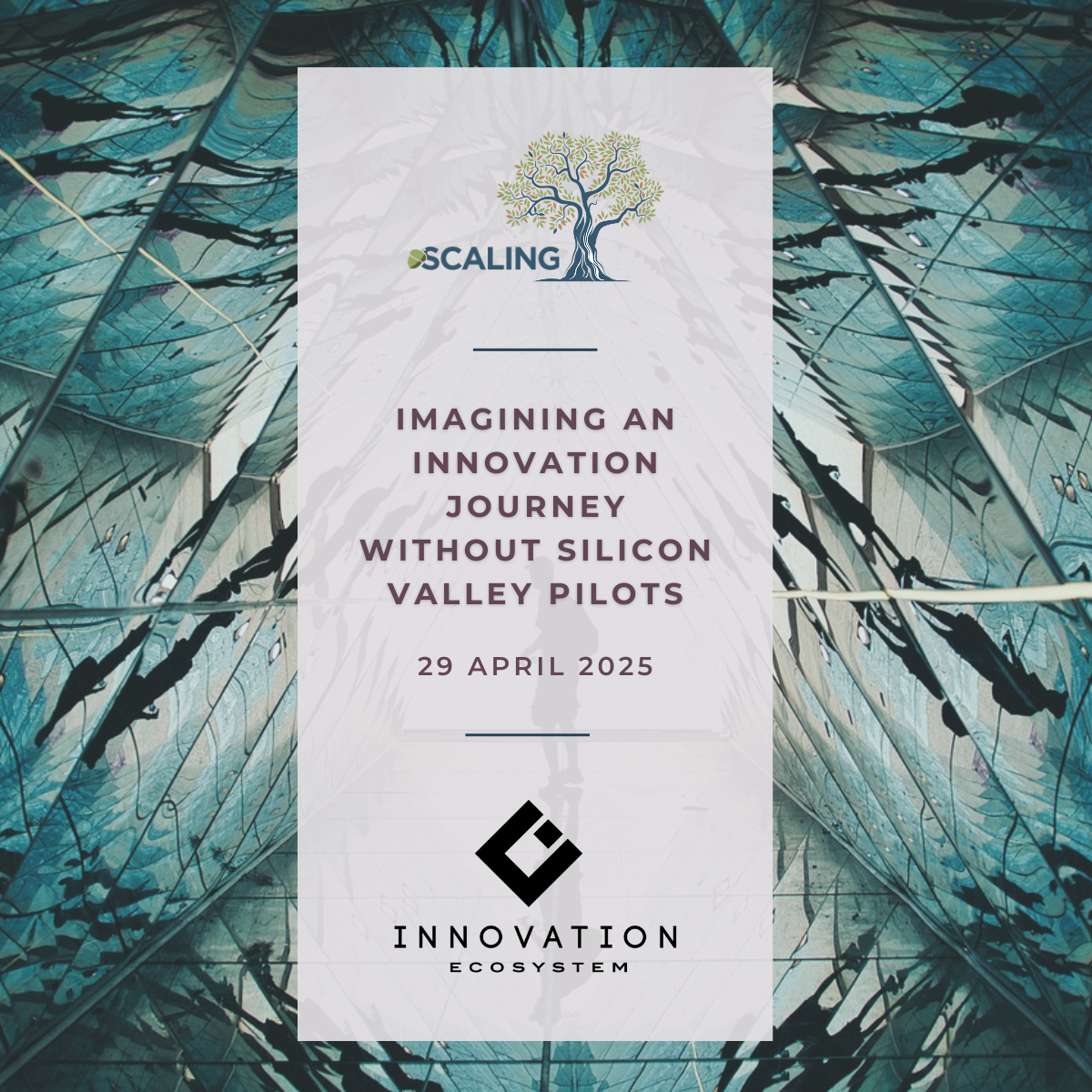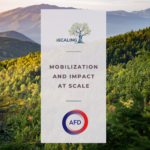Description
Instead of relying on traditional innovation “”pilots,”” what if we began the journey to scale by focusing on complete systems? A growing body of research shows that successful real-world innovations require innovators to weave diverse elements into complex systems. Yet for years the Silicon Valley inspired approach to pilots has generated hosts of small, short term projects that struggle to make the leap to fully realized systems. We are seeing a different strategy emerging. Grant makers and innovators working in both humanitarian and development contexts are embracing of the complexity of their system challenges right up front. This talk will examine why traditional pilots are unsuitable as a starting point for innovations in complex environments. As an alternative, we’ll explore how a “”systems-first”” approach enables innovators to be agile and powerfully creative, while avoiding oversimplification on the way to scale. We’ll also highlight how forward-thinking grant makers and investors are adapting their programs to support this new paradigm. Building on decades of practical experience in innovation, scaling, and aid, Dan McClure, Neil Townsend, and Hannah Reichardt will explore what ‘starting with systems’ looks like for both grant makers and innovators.”
Overview of Imagining an Innovation Journey Without Silicon Valley Pilots
Aid Sector Innovation is (Still) Broken (7:20)
Today, humanitarian action is desperately in need of bold innovation to confront growing needs and shrinking resources. Yet innovators and their sponsors continue to encounter a daunting range challenges that constrain the impact of new ideas, block their adoption, and consistently limit the ability to scale. (Neil Townsend – author of EHLRA’s Failure to Scale study – 2024)
The Persistent Failure of Silicon Valley Pilots (24:25)

Over the last 15 years, many innovation programs have embraced light weight “Pilot” projects that can “fail fast” and deliver quick learning. While there is much to like about these neatly
bounded projects (small budgets, iterative learning, fast results, low risk), they have led innovators and donors down a path towards small dead end projects which fill a “cabinet of broken dreams” (Dan McClure – author of the book “Do Bigger Things, a practical guide to powerful innovation in a changing world)
An Alternative – The “Innovation is a System” (32:05)
There is an alternative. For complex problems, solutions need to be systems that bring together people, organizations, technology, and resources. When the “innovation is a system” it is possible to create a response that can address hard and messy problems. System innovators recognize these opportunities and embrace both the complexity of their challenges, and the opportunity that comes with developing a more sophisticated innovation.
Systems First Innovation Programs (35:45)

When “the innovation is a system”, donors and sponsors need to change their program design. Traditional innovation programs, which are designed to fund a series of short, unconnected pilots are unlikely to attract thoughtful system innovation solutions or be able to support them through a longer and more difficult journey from idea to real world adoption.
Innovation programs should shift their approach to focus on ‘system innovations’ right up front. They can leverage systems thinking and practices to:
- Understand Harder Problem – Model complex systems that underlie challenges
- Design the Systems Solutions Upfront – Create vision of how the final system will work (while still allowing for change)
- Choreograph Synergies Across the Portfolio – Bring projects together
Support an Evolutionary Journey – Iteratively evolve the complex system to reach the end state vision.
A Case Study of the Challenge – South Sudan Livelihoods (40:20)
This isn’t easy work, but it has the potential to be quite powerful. An example of both the challenge and the potential can be seen in South Sudan. Here innovation teams and donors worked to design a multi-part response to the challenge of expanding livelihoods for farmers in a very difficult context. (Hannah Reichardt – International Innovation Advisor)
Scale Systems Through Transfer and Adapt (53:10)
Scaling systems is different too. When the innovation is a system, it’s not possible to simply replicate the idea in a new context. Each new instance of the system innovation must begin by “transferring” the big idea to a new context. This is then followed by an intentional work to “adapt” the system to local capabilities, priorities, resources, and culture.

Clearly “transfer and adapt” takes time and effort and requires skilled individuals who can act as the choreographer of the innovation in its new context. This in turn requires funding and support with a longer expected scaling timeline. Nonetheless, “transfer and adapt” has real value. It enables more sophisticated innovation designs to deliver greater value, and to practically work in new context.
A Case Study of Success – Cash Programming (1:07:55)
Humanitarian cash programming in the aid sector provides a good example of how a big, sophisticated idea can be tailored to multiple contexts and needs.
|
|
|
|








